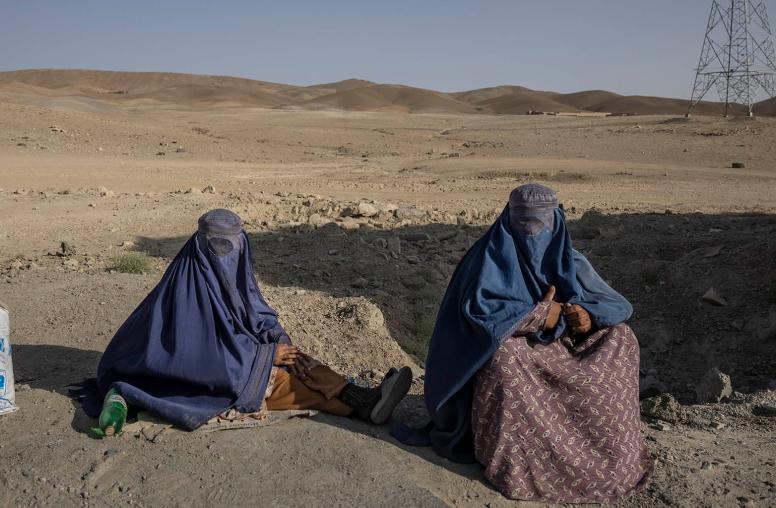Community-Based Development in Rural Afghanistan
First, Assume a Community
Derived primarily from the author’s field research and experience, this report focuses on community-based programs and interventions in rural Afghanistan. Fundamental assumptions that underlie these interventions, however, are flawed. With an eye to worldwide relevance, the report analyzes these assumptions and suggests ways to better understand the realities of rural Afghan society so that the government in Kabul can more effectively implement programs in rural areas, engage rural participation, deliver needed services to that population, and administer the country more generally.
Summary
- Over the last fifteen years, projects and interventions have targeted tens of thousands of communities in rural Afghanistan with ambitious goals to catalyze economic development, bring security, deliver basic services, and build local governance capabilities. The beneficiaries are expected to participate, sharing both the effort and the welfare gains.
- The challenge of identifying prospective project sites is complex, however, because rural Afghans organize themselves in ways that community may be either not apparent or absent altogether and because the Afghan government has yet to officially recognize local units at a scale suitable for interventions.
- Often the cooperation and solidarity among rural Afghans assumed to be a community because they happen to live in the same place are at best limited.
- Many interventions appear to achieve some of their objectives, but do so in ways that fail to produce the desired effects on community solidarity and local governance capabilities—which are critical to postconflict reconstruction and state-building.
- The Afghan National Unity Government is moving ahead with an ambitious plan based on flawed assumptions. This plan—the Citizens’ Charter National Priority Program—aims to transform the lives of rural Afghans and their relations with their government.
- Prospects for projects targeting local communities in rural Afghanistan depend on accurate appreciation of their social and political context and the economic and power relations within groups. Although the state of knowledge about rural Afghanistan leaves much to be desired, information is and has been available throughout the post-Taliban era that refutes these assumptions and supplies a more reliable picture.
- Focus is needed on strengthening existing administrative structures and using them to deliver services and for other purposes—the norm for many low-population density regions, including in developed countries.
About the Report
With an eye to community-based approaches and effective subnational programming in Afghanistan, this report looks at key assumptions about rural Afghan populations that underpin many community-based projects, including the largest and most prominent of them, the National Solidarity Program and the recently launched follow-on Citizens’ Charter National Priority Program. Derived from the author’s field research and experience over the years, the report is integral to the United States Institute of Peace focus on democracy and governance and aligns with the Institute’s long-standing and wide-ranging commitment to strengthening subnational governance in Afghanistan.
About the Author
David J. Katz served as a Foreign Service officer under the U.S. Department of State from 1984 to 2014. His involvement with Afghanistan, which dates from the mid-1970s when he conducted ethnographic research for his PhD in what is now Nuristan Province, continued through several diplomatic postings and Washington assignments. He thanks Frances Brown, Karen Finkenbinder, Paul Fishstein, Roy Herrmann, John Lister, Jennifer Murtazashvili, Sheila Peters, and anonymous reviewers for their suggestions and comments on earlier versions of this report. This author is not the author of the same name of the 2011 Middle East Quarterly article titled “Reforming the Village War: The Afghanistan Conflict.”



